

Tenerife’s Growing Animation Industry Is Making A Splash At Annecy
Tenerife is on the up, and one sector in particular is leading the way. Unique in Europe for its exceptional tax incentives, enviable infrastructure and diverse talent pool, companies on this Spanish isle are confident in its bid to become one of Europe’s leading regions for animation production.
The Canary Islands were on full display this morning during the MIFA market at Annecy Fetival 2017. A territory focus on the Canary Islands brought together more than a half-dozen animation studios operating from this Spanish region for a discussion on its state of animation. Combined with the announcement of the first-ever Ibero-American Animation Awards set to take place in Tenerife, it’s been a big week here at Annecy.
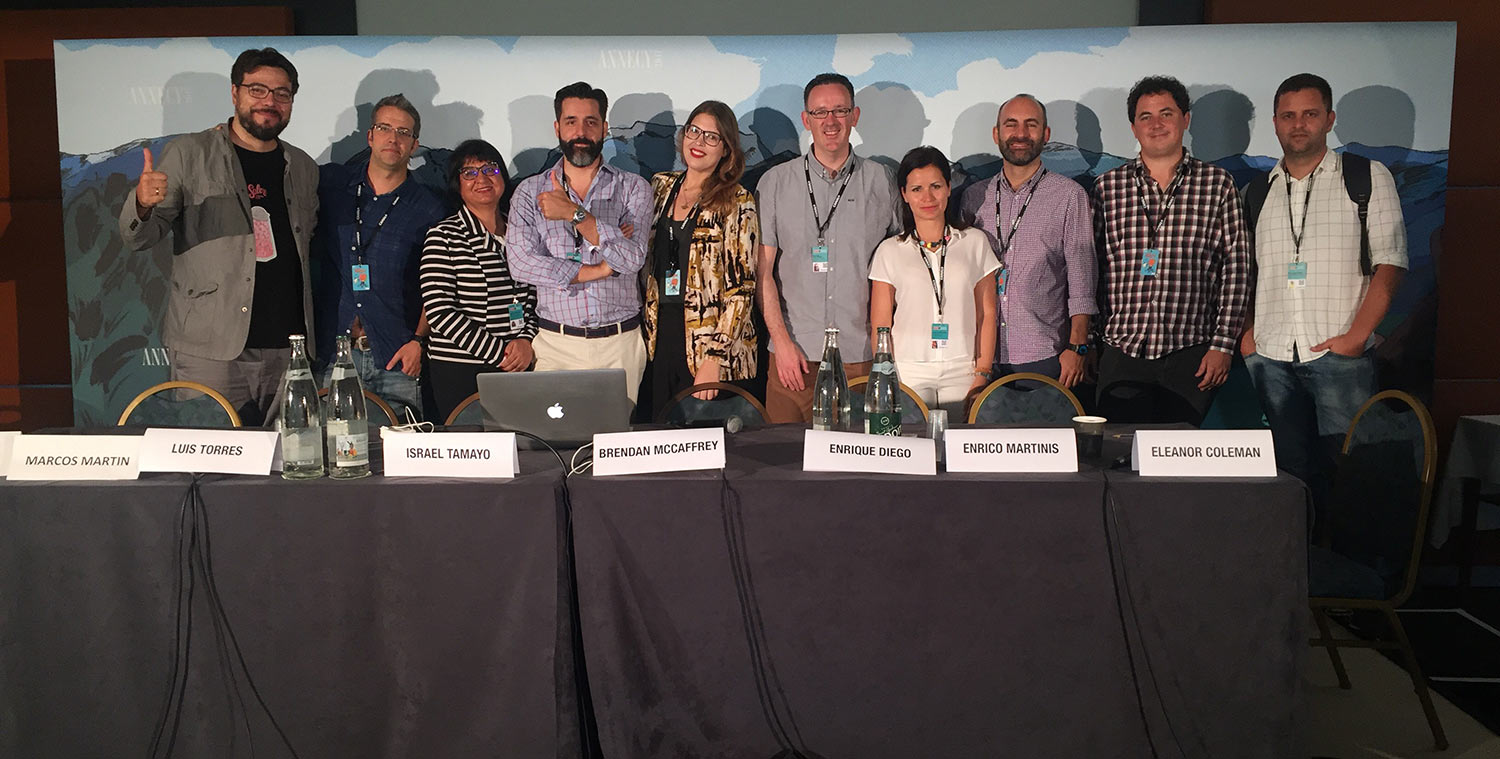
As Cartoon Brew previously reported, Tenerife has recently turned its focus toward the animation and vfx industries with a raft of initiatives designed to invigorate the sector. We spoke with several companies and animation professionals to find out why they think animation production is about to boom on the island.
There are many characteristics unique to the biggest and most populous of the seven Canary Islands, like an excellent network of highly qualified and multi-skilled professionals from across the world living on the island and several specialized animation training programs.
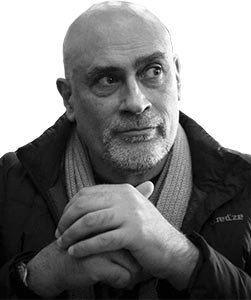
For the Spanish-American film director Miguel A. Fuertes, Tenerife is flawless, comparable only to Hawaii in terms of weather but much more competitive when it comes to animation production. Fuertes, whose filmography includes contributions to projects directed by Steven Spielberg, George Lucas, James Cameron, Ang Lee, George Miller, and Juan Campanella, decided to relocate to the island two years ago. “It’s a place I always loved to visit on holiday, but I eventually decided I wanted to live and work here as well,” he told Cartoon Brew.
This transition was made easier thanks to Tenerife’s excellent connectivity, with two international airports giving access to 170 European cities in under four hours’ flight time. This allowed him to continue collaborating on international projects such as Carlos Baena’s horror short La Noria, while also developing personal projects in his spare time like the short film Sigma, in conjunction with local animator Carlos Miranda.
Since Fuertes moved to the island he has noticed how fast it’s rising in the estimation of international animation companies, and he feels that something special is about to happen very soon. He is keen to point out how Tenerife is a land of great opportunity at the moment with loads of artistic talent and the reputation of Spanish animators on the international market.
Tenerife is also well connected digitally. Its communications infrastructure is highly developed, with six high-speed undersea internet cables and a fiber optic loop providing ultra-fast broadband to the island with speeds of up to 5.12 tbps. Another of the island’s major assets is the supercomputer Teide-HPC, currently one of the most powerful computers in the world and the only one specially optimized for rendering animation.
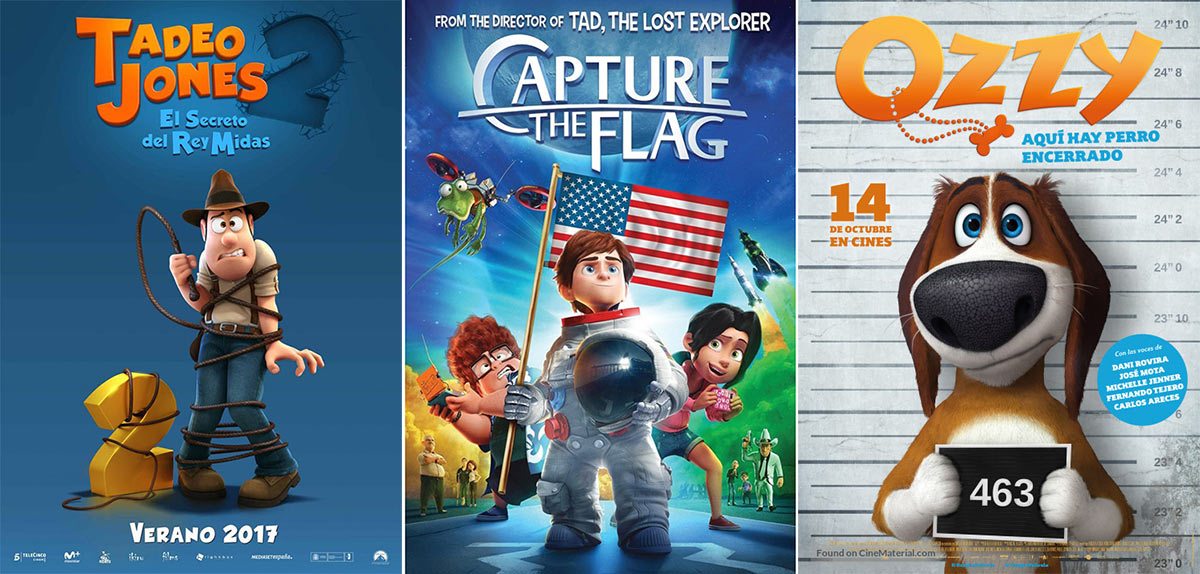
SummuS CGI, the Canarian subsidiary of Madrid-based SummuS Render, was the first rendering company to exploit this powerful resource. Fernando Viñuales, co-founder & commercial director of the company, explained that “the Teide-HPC data center was adapted as an extension of our own render farm, building one of the biggest online rendering services in the world.” Capture the Flag was the first feature film to use this technology, and since then other projects to follow suit have included cg films like Kingsglaive: Final Fantasy XV, Ozzy, Tad the Lost Explorer 2, and Animal Crackers (pictured at top).
Alfonso Ruiz is the third founding member of La Casa Animada, the oldest animation studio in Tenerife, together with Ana Sanchez and Juan Antonio Castaño. Before converting to animation they were known for La Mirada Producciones, a live-action production company which in 1996 was awarded the first Spanish Academy Award nomination in the short film category, Juan Carlos Fresnadillo’s Esposados.
“At that time we seemed to specialize in debut productions,” acknowledges Ruiz. The producer’s drive to give opportunities to new talent continued with their evolution into an animation company, when La Casa Animada became the first place to offer animation seminars in the island. The purpose was to create an environment favorable to animation production in Tenerife by developing the pool of young talent the industry could draw on.
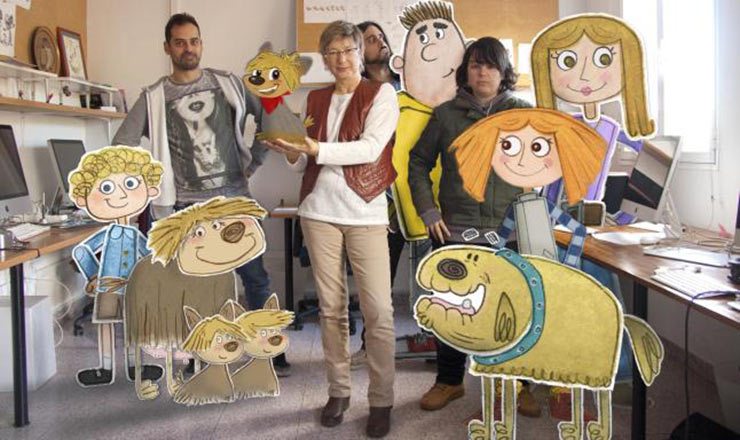
The process paved the way for several tv shows like The Archie’s Club and Cleo, the latter the most acclaimed production by the studio. Stating that the island is “even richer in local talent than in beautiful landscapes,” Ruiz is a strong advocate of local studios like TBDC, a young company which is expanding internationally and would have been forced to migrate if Tenerife’s recent tax incentives for the sector hadn’t materialized.
Challenged with the question of what would make the key difference for the animation industry on the island, all three offered different ideas. For Viñuales, the Canarian government’s tax reforms and institutional support for the animation and vfx industries is creating just the right dynamic for business to blossom.
Fuertes feels that the icing on the cake would be the arrival of a big name international studio with a portfolio of awards to really open the floodgates and attract even more companies to Tenerife, citing the example of Ireland and Cartoon Saloon. Ruiz however considers the impressive pace of Spain’s economic recovery last year and the smart decision by the Canary isles to focus on the animation industry to be the perfect formula for the sector to boom in Tenerife.
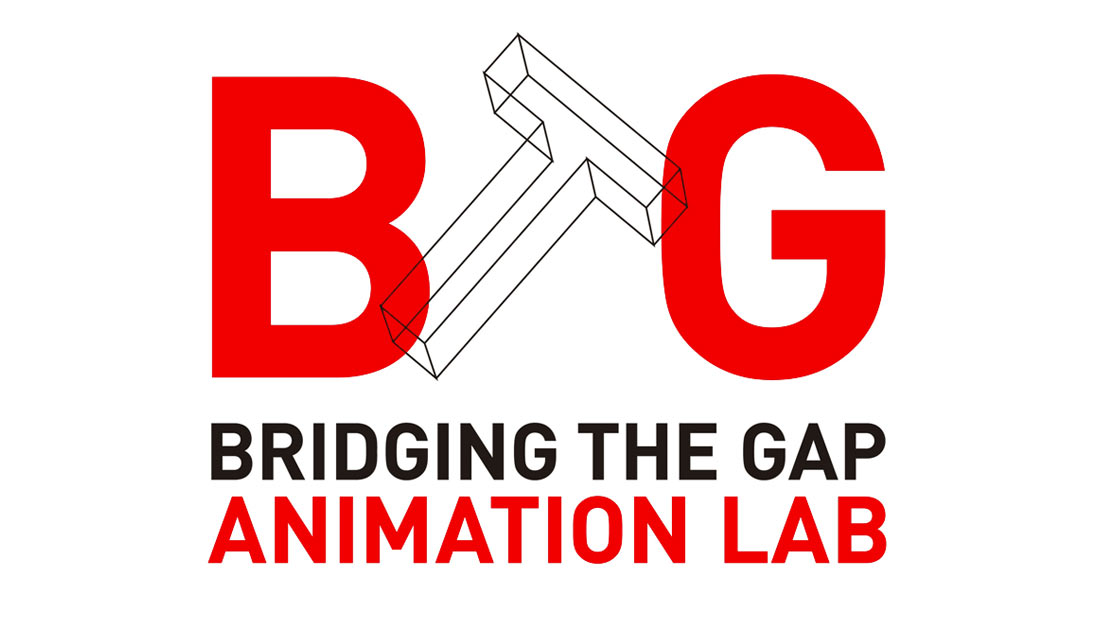
Of course, one key way that Tenerife is already distinguishing itself is the role it plays as a host for major animation events. In July 2017, 2018, and 2019, Tenerife is set to host Bridging the Gap, an animation lab where young talents from all around the world meet and develop their skills in financing and producing their projects with the support of internationally renowned industry professionals and decision makers. With over a hundred projects submitted from 29 countries, this year’s third edition has been the most successful to date.
Tenerife will also hold a unique event in 2018: the first-ever Ibero-American Animation Awards. Named Quirino in honor of the director of the first-ever animated feature in Latin America, not to mention in the world. These awards will recognize and bring together talent from across the booming LatAm animation industry, together with the one from Portugal, Andorra, and Spain, creating a bridge between both continents and building up a true brotherhood to develop together the huge market that is Ibero-America. More details soon, stay tuned.

